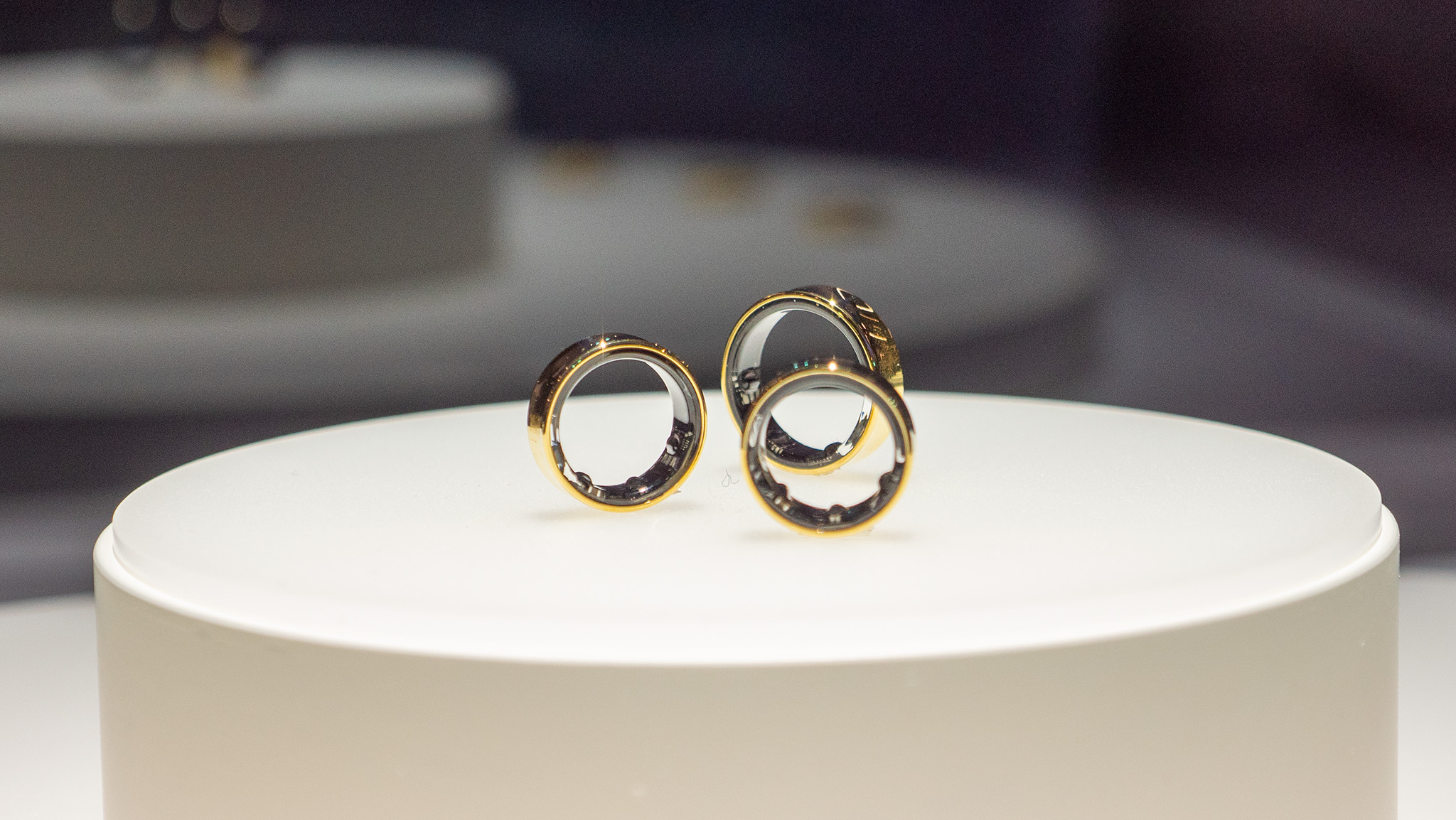
Smart rings are more than just stylish accessories you wear on your finger. The Oura Ring (for example) looks great and is a great health tracker. They're miniaturized health trackers that pack a surprising amount of functionality. But how exactly do these compact devices work their magic? They can offer many of the same features of a smartwatch or fitness tracker but only a fraction of the size.
Let's have a look at the bits and bobs that make a smart ring work, transforming it from a simple piece of jewelry into a window for your health.
Tiny sensors, big data
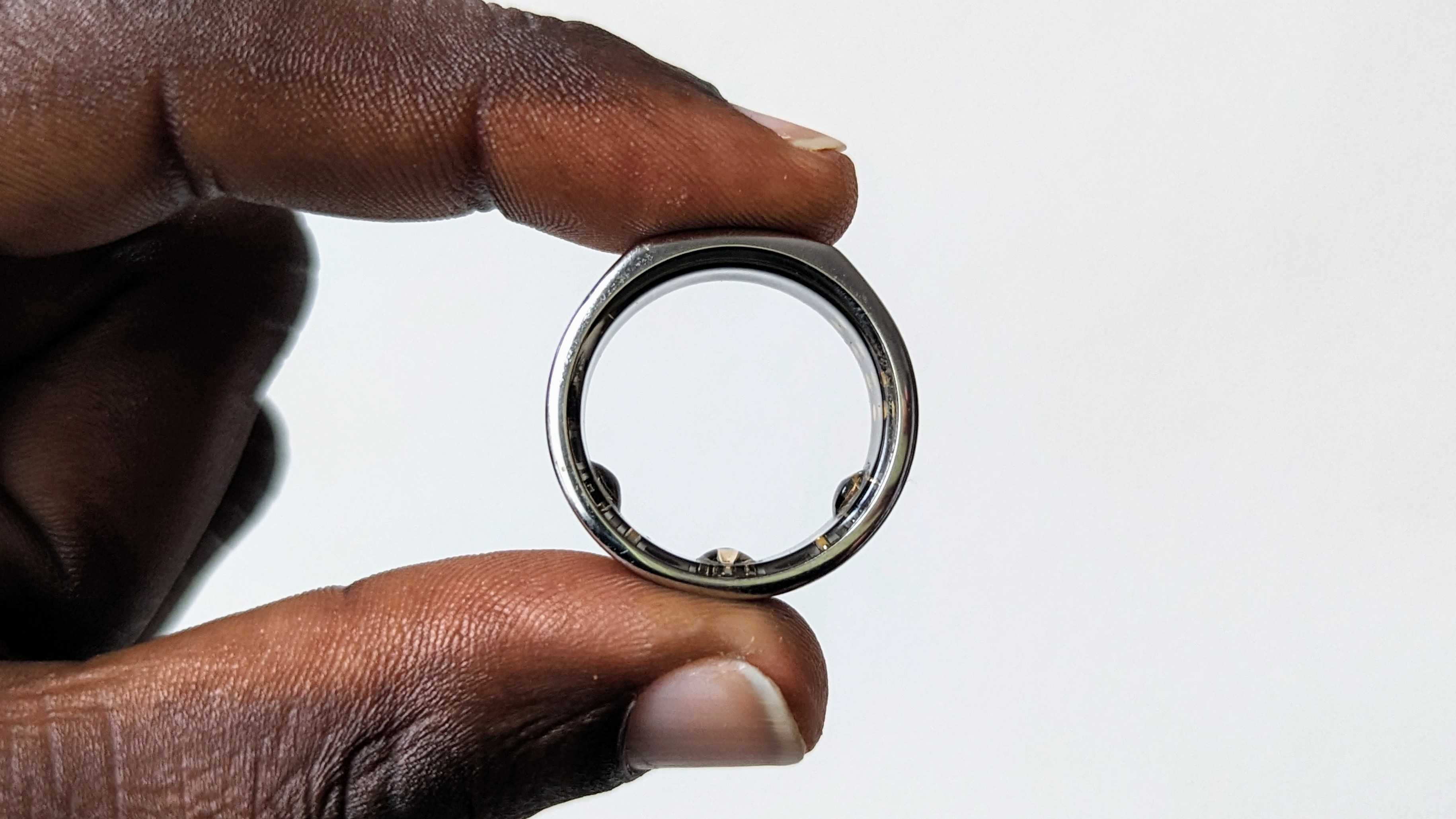
A lineup of very small sensors is at the heart of a smart ring. These miniaturized circuits and components gather a wealth of data about your body and surroundings.
You'll find the same sensors as you would in a smartwatch, but often smaller versions are used. Like other tech, these sensors can be more advanced and more accurate than their older, larger counterparts. They can also be more comfortable to wear, making them the ultimate sleep-tracking device. Here are just some of the sensors you can find in a typical smart ring:
- Photoplethysmography (PPG) sensor: This shines a light through your skin to measure blood flow variations, allowing the ring to track your heart rate and blood oxygen levels.
- Accelerometer: Tracks your movement, counting steps, distance covered, and estimating calorie burn.
- Gyroscope: Works in tandem with the accelerometer for more precise motion detection, enhancing activity tracking.
- Electrodermal Activity (EDA) sensor: Measures sweat production, providing insight into your stress level and emotional state.
- Peripheral Oxygen Saturation (SpO2) sensor: Estimates the amount of oxygen carried in your red blood cells.
- NTC thermistor sensor: Tracks changes in your body temperature.
The type and number of sensors will vary depending on the ring's specific features, but this is a basic list you'll find in most wearables — smart rings included. Because of their small size, we might not see the same features found in other wearables, like GPS. Without a display of its own, this might not matter for certain features.
The collected data is no good on its own. That's where a microprocessor comes in. This tiny brain of the ring interprets the sensor readings, translating them into meaningful information. It also provides smart power management for the ring's battery and can power additional features like a haptic feedback motor that you may find on some models, which lets your ring vibrate on your finger.
Connecting to the world
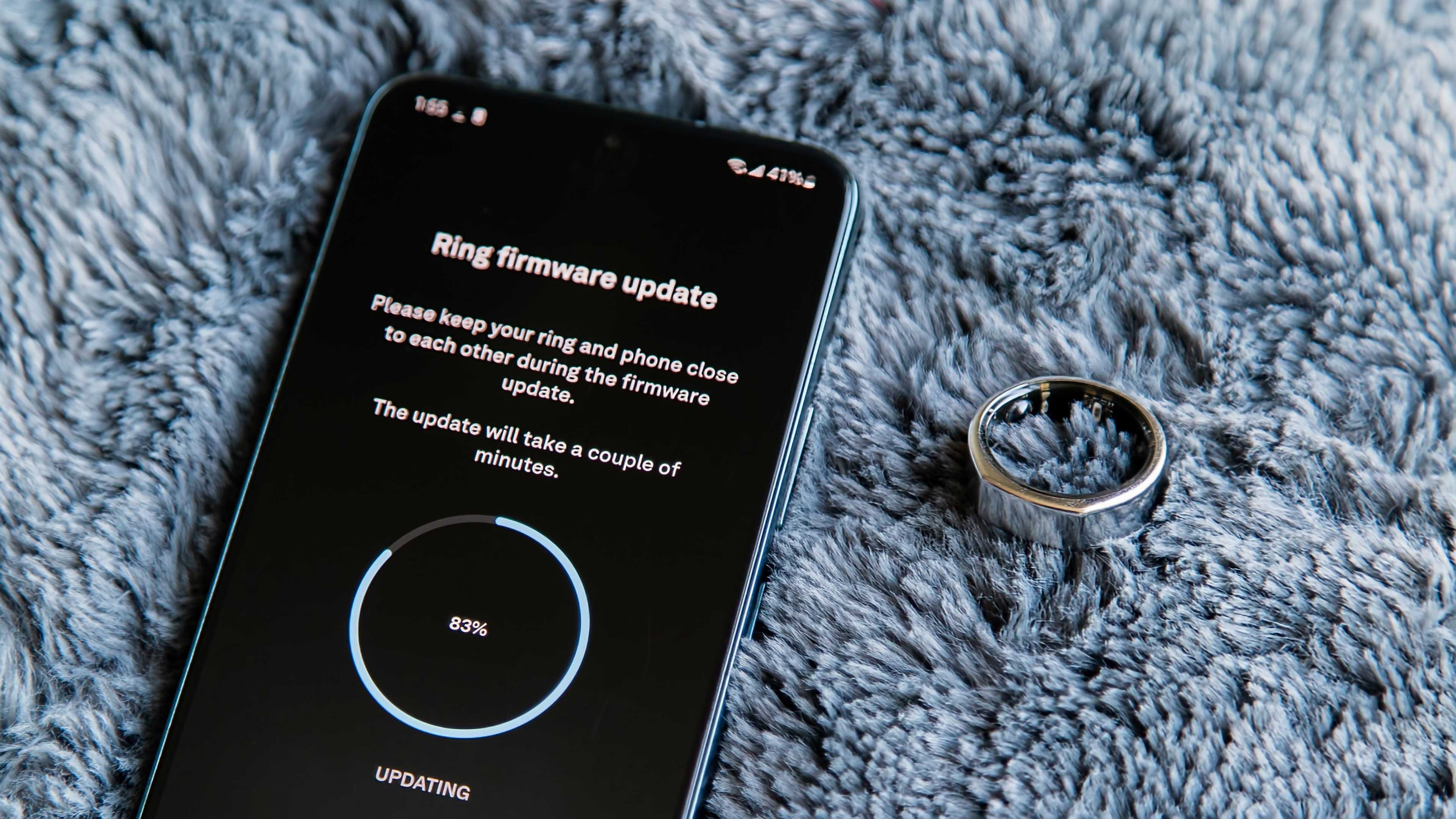
Smart rings wouldn't be very smart without a way to communicate. Here's where wireless technologies come into play.
The most common type of connection allowing your ring to pair with your phone is Bluetooth. Data is transferred so you can access your health data, receive notifications, and even control some features of your phone.
NFC is a short-range technology that can provide several extremely useful features on some smart ring models, including tap-to-pay and digital access control. Having a ring replace debit or credit cards and things like keycards or transit passcards is mighty convenient.
Communicating and interacting with a smart ring is where things are different from other wearables, like a smartwatch, that have a display.
While you might find LED lights for visual cues, haptic feedback for sensory interaction, and even gesture control along the ring's outer body, a good smartphone is a requirement for the best experience.
An app is the primary interface for a smart ring, allowing you to view detailed health data, set health goals, and configure things like notifications through haptics and all the settings needed to make it work.
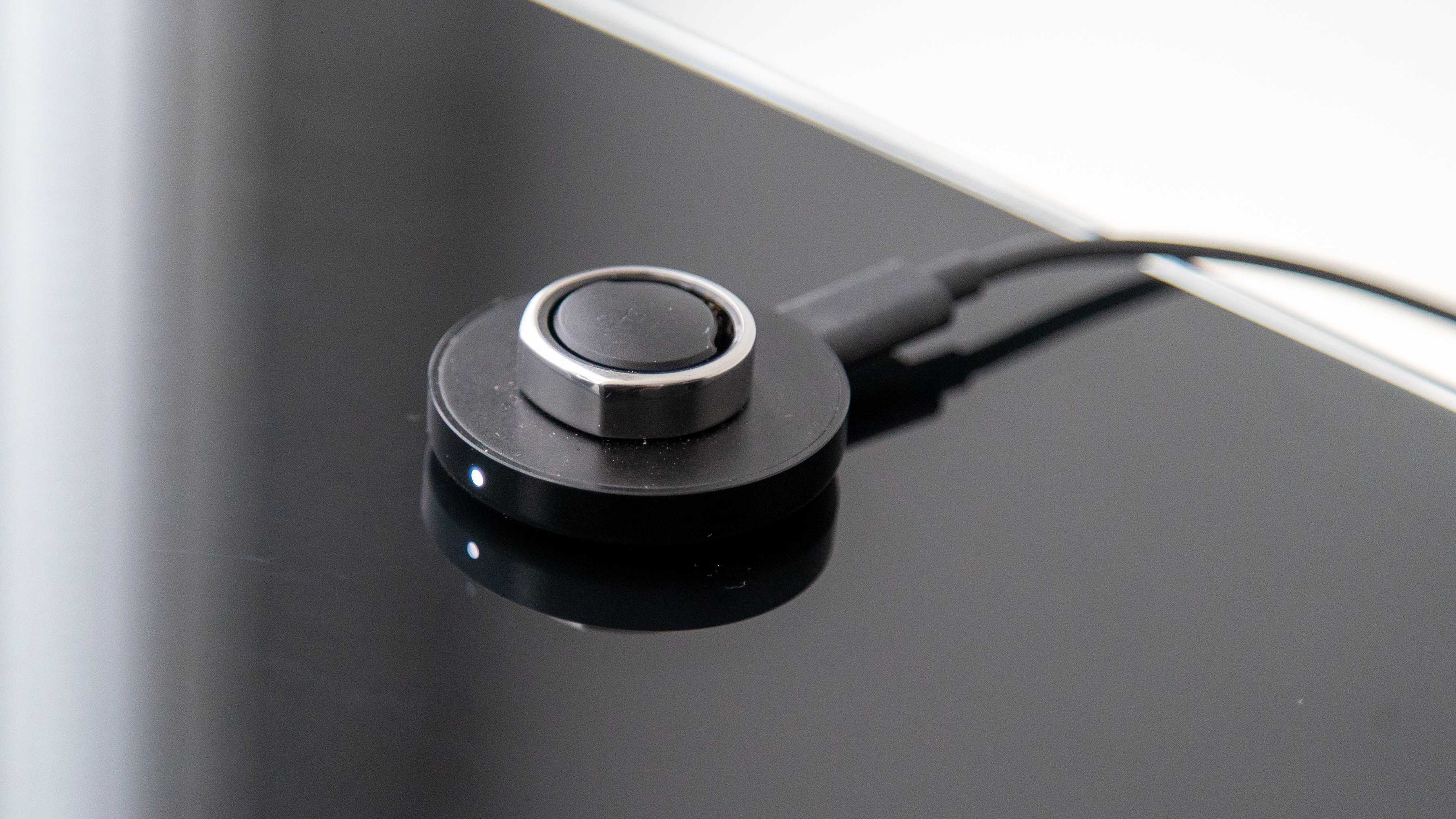
Smart rings are powered by the same type of battery as your phone or other wearable devices — like everything else, it's been miniaturized.
Their battery life — and lifespan — depend on the model and how you're using your device. An always-on connection and continuous health monitoring will drain the battery more than doing either intermittently, but they also have the benefit of not having to power a display, which means they can last a bit longer than a typical Android smartwatch, for example. Ideally, your ring's battery will last for several days or even more than a week, and you typically charge it using a wireless pad or connection included with the device.
What's next for smart rings?
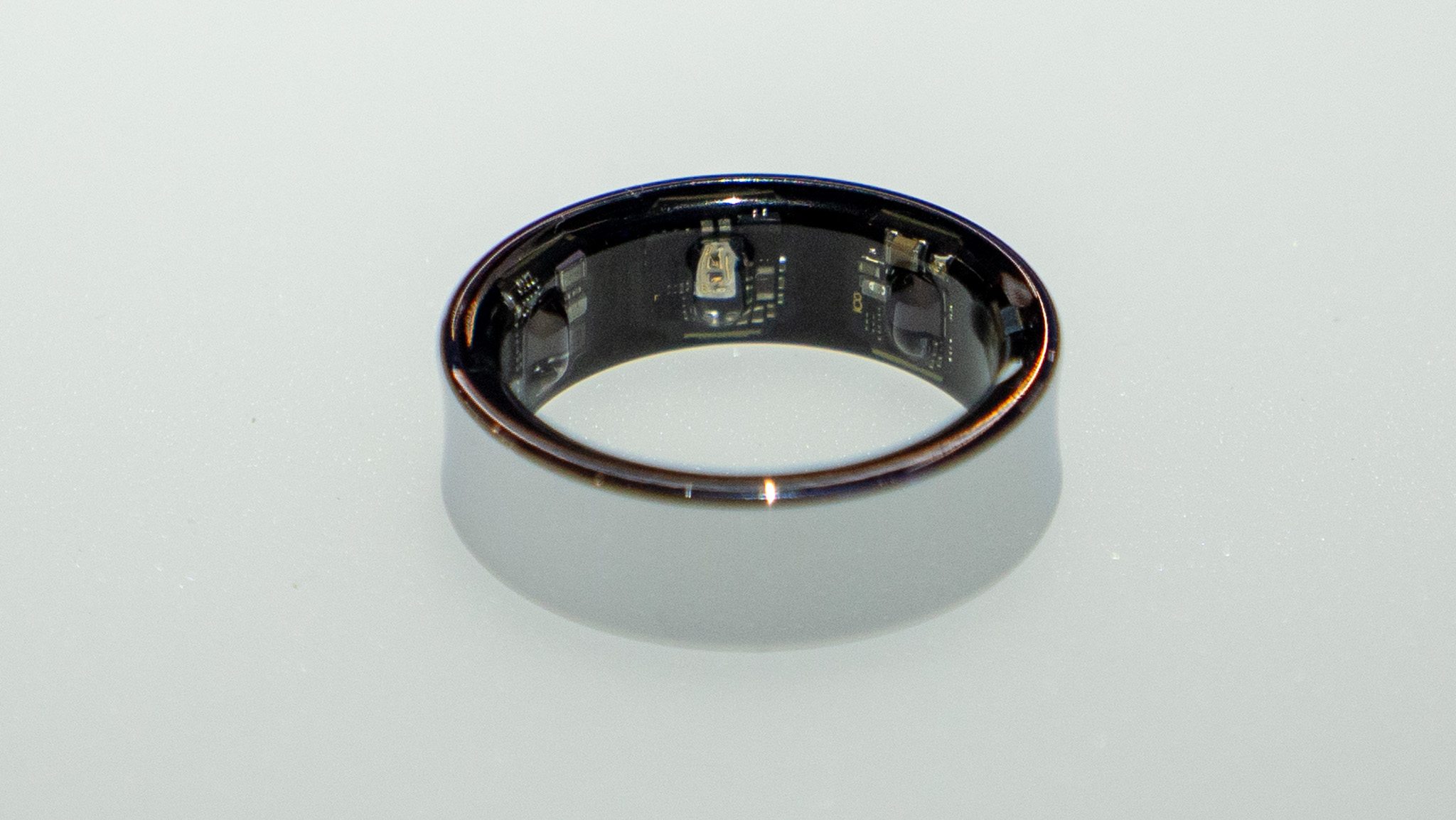
Smart ring technology is still evolving, with exciting possibilities on the horizon. We might see some enhancement and refining of existing features alongside new ones.
I can see a future where smart rings better track your sleep, and your blood pressure and even monitor blood sugar levels. Because they usually offer a better fit than a watch and have full contact along the inner side a smart ring can be much more accurate than other wearables.
I also think we'll see more sophisticated gesture controls and smart home controls. Fine-tuned gesture control paired with NFC means controlling your lights or thermostat could be just a tap away.
Today, smart rings come in a variety of styles and functionalities. With Samsung ready to enter the market with the Galaxy Ring, expect to see plenty more smart rings offered from a wide array of tech companies.
They can do almost everything your smartwatch can and have the potential to do so much more. It feels like the smart ring might be the wearable tech of the future.







